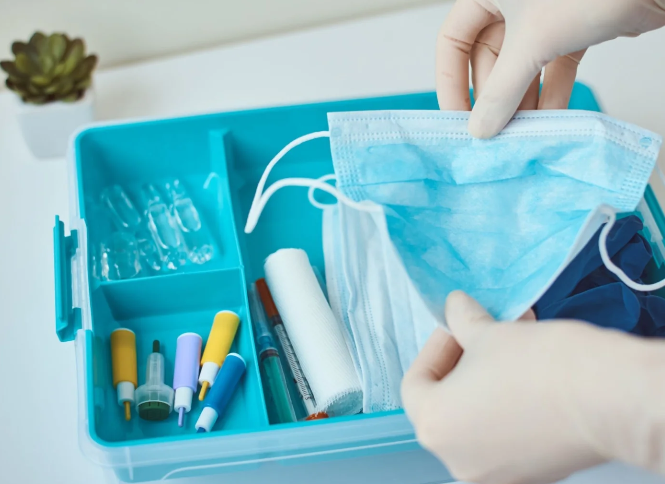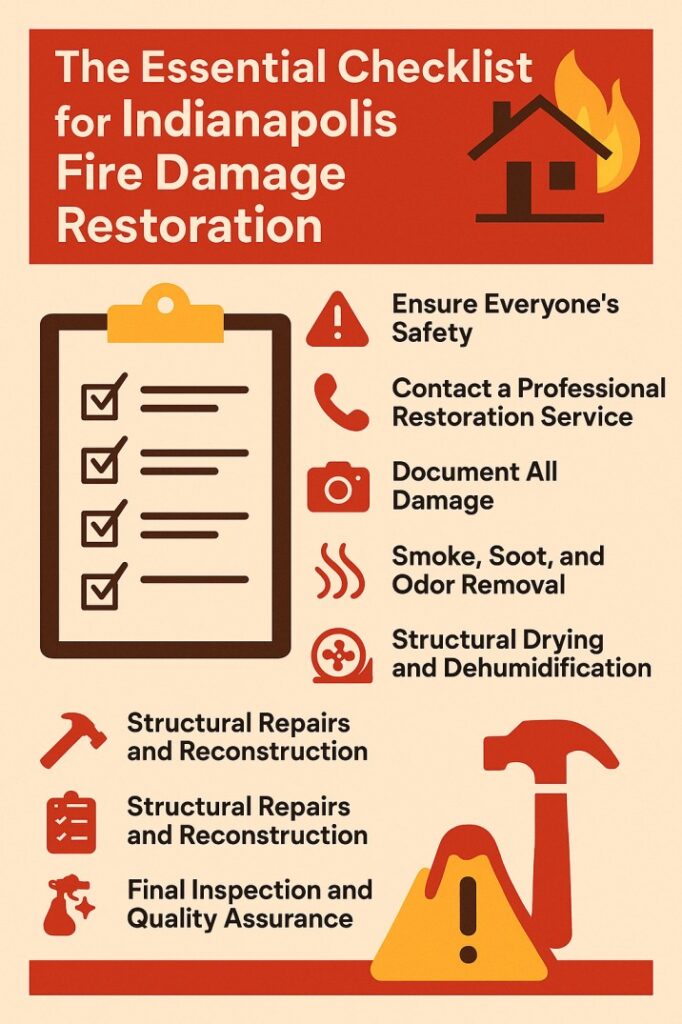In an age where global health threats can emerge and spread rapidly, preparedness has become not just a priority but a necessity. Two of the most crucial tools in a public health response arsenal are pandemic rapid diagnostic tests and pandemic emergency medical kits. These essential resources enable timely detection, triage, and treatment during infectious disease outbreaks, minimizing both human and economic costs. Whether at the individual, community, or national level, understanding the significance of these tools can make a life-saving difference during a pandemic.
The Role of Pandemic Rapid Diagnostic Tests in Disease Control
What Are Pandemic Rapid Diagnostic Tests?
Pandemic rapid diagnostic tests (RDTs) are tools designed to detect the presence of pathogens in a short amount of time—typically within minutes to an hour. These tests are essential during the early stages of a pandemic when every moment counts. Unlike traditional laboratory testing, which often requires complex procedures and longer wait times, RDTs can be administered at the point of care, in clinics, hospitals, airports, or even at home.
These tests can detect a variety of infections, such as influenza, COVID-19, or other viral and bacterial diseases. Their primary advantage lies in speed and simplicity, allowing for faster isolation of infected individuals and quicker initiation of treatment protocols. This speed can significantly curb the transmission chain in densely populated or high-risk areas.
Benefits of Early Detection
Rapid diagnostic testing enables authorities and healthcare providers to take immediate action. Early detection:
- Allows for quicker isolation of infected individuals.
- Reduces the strain on hospital infrastructure.
- Helps in efficient allocation of medical resources.
- Informs public health decisions and containment strategies.
Moreover, by identifying asymptomatic carriers or mildly symptomatic individuals, rapid testing plays a vital role in breaking the chain of infection and saving countless lives during health emergencies.
Pandemic Emergency Medical Kits: A Lifeline During Outbreaks
What Should Be in a Pandemic Emergency Medical Kit?
Pandemic emergency medical kits are comprehensive packs of medical and protective supplies intended for use during a health crisis. They are essential for homes, workplaces, emergency responders, and healthcare facilities. A well-equipped kit can be the first line of defense in managing symptoms, preventing transmission, and ensuring care when professional medical help may not be immediately accessible.
Key contents of a pandemic emergency medical kit typically include:
- Disposable masks and gloves
- Hand sanitizers and disinfectants
- Antiviral medications and fever reducers
- Thermometers
- Pulse oximeters
- First-aid supplies
- Rapid diagnostic test kits
- Detailed emergency instructions
These kits can vary in size and complexity based on their intended use. For instance, a personal kit may include fewer items, while institutional kits will have larger quantities and broader medical tools.
Preparedness for Home and Professional Use
For individuals and families, having a pandemic emergency medical kit at home ensures that they are prepared for self-isolation, initial care, and monitoring of symptoms. For professionals in the healthcare and public safety sectors, these kits enable on-the-go response and support triage efforts during mass outbreaks.
Incorporating pandemic rapid diagnostic tests within these kits further enhances their effectiveness, enabling not just treatment but also quick diagnosis. This dual function makes them indispensable tools in any emergency preparedness plan.
Integration of Rapid Tests and Emergency Kits in Public Health Strategy
Building a Community Shield
Governments, businesses, and institutions can strengthen community resilience by integrating both pandemic rapid diagnostic tests and pandemic emergency medical kits into their emergency response strategies. Schools, office buildings, public transport hubs, and care facilities should maintain accessible testing and medical supply stations.
During the COVID-19 pandemic, the countries that effectively distributed rapid tests and medical kits to the public were better able to control transmission and reduce mortality rates. This lesson remains relevant for future health threats, whether caused by viruses, bacteria, or emerging unknown pathogens.
Encouraging Public Participation
While top-down strategies are essential, public involvement is equally crucial. Raising awareness about the importance of owning personal emergency medical kits and using rapid tests responsibly can reduce panic, misinformation, and delays in medical response. Education campaigns, supported by health departments and NGOs, can help disseminate knowledge and promote proactive behavior.
Conclusion
The unpredictability of pandemics requires a multi-layered approach to preparedness. By incorporating both pandemic rapid diagnostic tests and pandemic emergency medical kits into personal, institutional, and national preparedness plans, we can drastically enhance our collective ability to respond to infectious disease outbreaks. These tools not only save time and lives but also empower individuals and communities to take charge of their health during critical moments. With the right supplies and the knowledge to use them, we stand better equipped for the pandemics of tomorrow.









